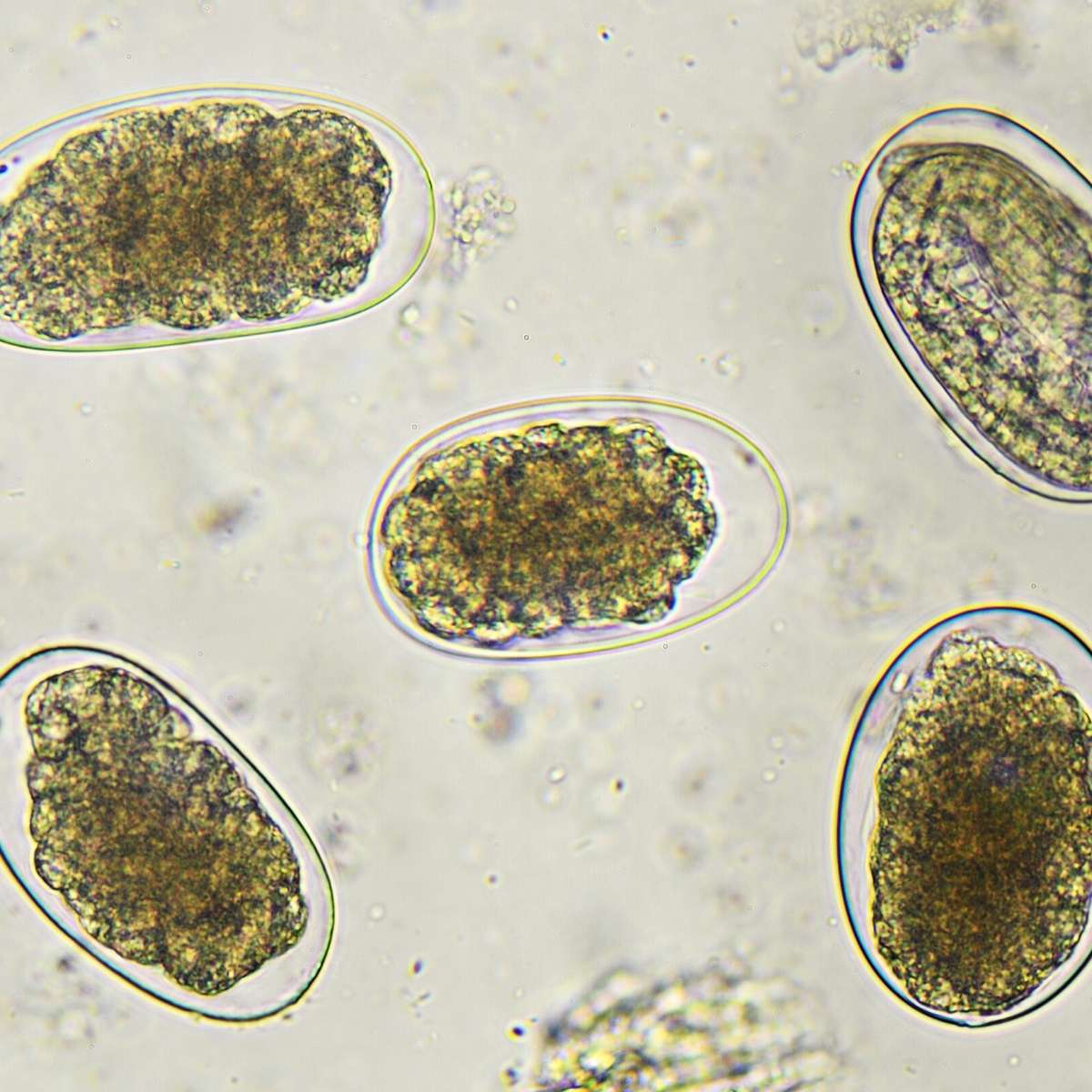2020 Winter Newsletter
Mandatory Pain Relief – Mulesing
With Victorian regulation rolling out on July 1, 2020 which includes mandatory pain relief for mulesing, other states including SA are predicted to follow suits shortly. It is worth considering what pain relief do you use, what is currently available and what other options (including price/head) are there?
The most commonly used treatments include:
- Meloxicam- as either oral (Buccalgesic) or injection (Meloxicam) pain relief given at the time with long lasting effects. The cost per head for this can be as low as 50 c/ head.
- Tri-Solfen-Topical lignocaine (local anaesthetic)
“Num-Nuts” Local anaesthetic applied for castration and tail docking
If you have any questions, or want some more information and comparisons, give us a call to chat further, and we can work out what is the best (and most cost effective) pain relief option for your enterprise.

LIVESTOCK PAIN RELIEF WEBINAR
Do you want to know more about all the pain relief options for livestock?
Join us for a free webinar with one of Australia’s leading cattle and sheep vets, Dr Andrew Whale. Over the last few years it seems the options for pain relief within the livestock industry has exploded, resulting in confusion as to what’s best for your operation. Andrew will take you through the range of different products available how to use them and when to use them?
WHAT: Pain Relief in Livestock. What’s the best fit for my operation?
WHEN: Thursday 9th of July 2020 TIME: 8.00pm – 9.00pm
WHERE: Online – wherever you like!
COST: Free

Free Vet Reporting – Worm Egg Counts
For many of you that have been using our Faecal Egg Count service for years, we are happy to announce that we are now providing a FREE additional vet report which is included with your FEC results.
This includes interpretation of your results, whether we think it’s indicated or not to drench, and follow up plan when to worm egg count next. We do this as an emailed report, but also are available to chat on the phone as well.
Keep in mind our interpretation is not bias, we are an independent service which analyse your sample, and are not swaying you to buy a particular drench product at the end of it all.
For further questions, or information about additional services we can offer you, including larval cultures, or drench resistance testing, please do not hesitate to call.
Lambing Boxes
For those of you that haven’t been into the clinics recently, we have put together “Lambing Boxes” which include many useful products to have on hand, whether it be for the down ewe with “twin lambing disease” or hypocalcaemia, or needing to give a hand to deliver a lamb or two, it’s always good to have on hand, as well as a useful guide on what to give when.
Keep in mind with the current prices of ewes, these boxes pay for themselves if you manage to save just one ewe every 2-3 years… worth the odds!

Analysing your Lambing
Do you collect any data while you’re lambing? We have included in this month’s newsletter a data collection sheet that when used can help give great insight into how your lambing is going and where you may be experiencing losses. Use this, or adjust it to better suit your enterprise, and be sure to keep it in the ute with a pen handy when checking lambing paddocks this season.
Noticed any of the following changes with your lambing this year?
- Majority of your ewes not lambing in the first 18 days (i.e. their first cycle) of “lambing”?
- Losses of over 10% from scanning to marking?
- Ewe losses during lambing?
- Suspicious of an abortion storm?
- Joint illness in lambs?
Please don’t hesitate to give us a call, there are many ways we can help you get to the bottom of it, and strive to improve upon it in future.

